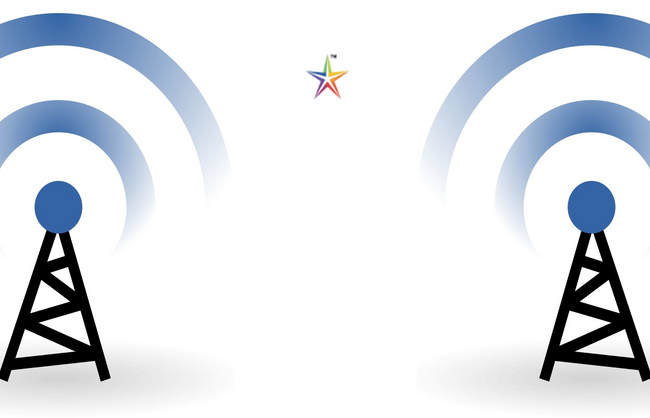The Benefits and Risks of Switching from 4G to 5G

5G technology is supposed to improve the bandwidth, speed, and reach, thus skyrocketing mobile connectivity to never before seen heights. And it’s far beyond its conception phase. This year, we’ll see the first major network operators launch and implement 5G for the first time.
In the following five years, 1.5 billion of us will make a switch to 5G connectivity.
Here’s what’s actually hiding behind this exciting new progress, as well as what this will all mean for the future of the internet-connected world. Spoiler alert, 5G will not be a smooth sail. As IT experts are already questioning its safety, we have to ask – is 5G a necessary step forward?
What’s So Good About 5G Anyway?
Mobile connectivity is regulated by a set of standards on an international level. 5G is nothing but an update to these standards and a truly powerful one at that. The current set of rules is called 4G and includes everything from radio wave frequency to mobile device verification.
In May 2018, more than 600 delegates from all over the world fine-tuned the newest version of this mobile connectivity protocol. 5G was conceptualized as a way to optimize the current reach, speed, and bandwidth of mobile networks.
But do we really need better mobile networks?
Users across the globe say yes. 5G will not only increase the operational power of mobile networks but also decrease latency. As a result, all mobile-based online activities will be more efficient and responsive. With 5G, you’ll be able to download an HD movie in under 25 secs.
The faster exchange of data will be achieved through smaller micro-networks, which means another thing. 5G will be able to connect a massive number of mobile devices – much bigger than ever before. And it will do so in less time than 4G needs for a much smaller number of devices.
A Dangerous Amount of Entry Points?
5G may not be necessary, but it means enormous progress nevertheless. With its potential being so immense, it is no wonder that two-thirds of organizations plan to deploy 5G within the first year of its launching. And therein lies the problem – security-wise, we are hardly prepared for 5G.
You don’t have to be particularly tech-savvy to understand that the number of devices connected to a certain network equals the number of possible threats. Each network participant is a potential entry point for cybercriminals to at least try to access and exploit.
Even 4G suffers from this problem, though it’s relatively small in comparison to what 5G will be.
An advanced mobile network such as 5G requires an advanced security protocol, but we still don’t have an effective enough solution for protecting 4G devices. IT community has already voiced their concerns and also discovered the first flaw in 5G’s security protocols.
Unfortunately, that’s not all. Being much faster than 4G, 5G technology could be used by cybercriminals themselves for organizing botnet attacks. In addition to the fact that more devices could be added to malicious botnets, DDoS attacks could become more powerful once distributed via fast, latency-free 5G.
Staying Protected in a 5G-Connected World
According to the Neustar International Security Council, 5G reinstitutes DDoS attacks as the number one cybersecurity threat. Luckily, 75% of security professionals are aware of it, citing bot traffic as one of the top concerns of their organizations in the 5G-powered world.
But can they act on their concerns, too? And how?
It’s now more obvious than ever that organizations must make asset management and cybersecurity strategies their top priority. There’s no longer any room for relaxing. Cybersecurity devices and tools must be implemented organization-wide, but also updated regularly.
Formalized security standards and data governance policies are necessary as well.
Building Your Own 5G Cybersecurity Kit
As for the average Internet user – all 5,11 billion of us – IT experts suggest a lighter version of advanced cybersecurity kits used by organizations. In addition to strong, unique passwords and antivirus solutions, this includes:
- A layered approach with multiple lines of defense.
- Password managers that generate, store, and update passwords.
- A VPN router to keep you anonymous by encrypting your data on all devices.
- Two-factor authentication on all sensitive accounts.
- Regular system updates.
Good online practices are also encouraged, of course. Users should learn how to recognize phishing attacks and other scams, as well as how to discern reliable internet sources from fraudulent ones. The fewer apps and sensitive information you have on your device, the better.
Conclusion
5G will once again reshape the way we use mobile technology and access the internet; there’s no doubt about it. This is certainly something to be excited about, but caution is necessary. Until 5G is able to defend itself, it’s users will have to take matters into their own hands.




